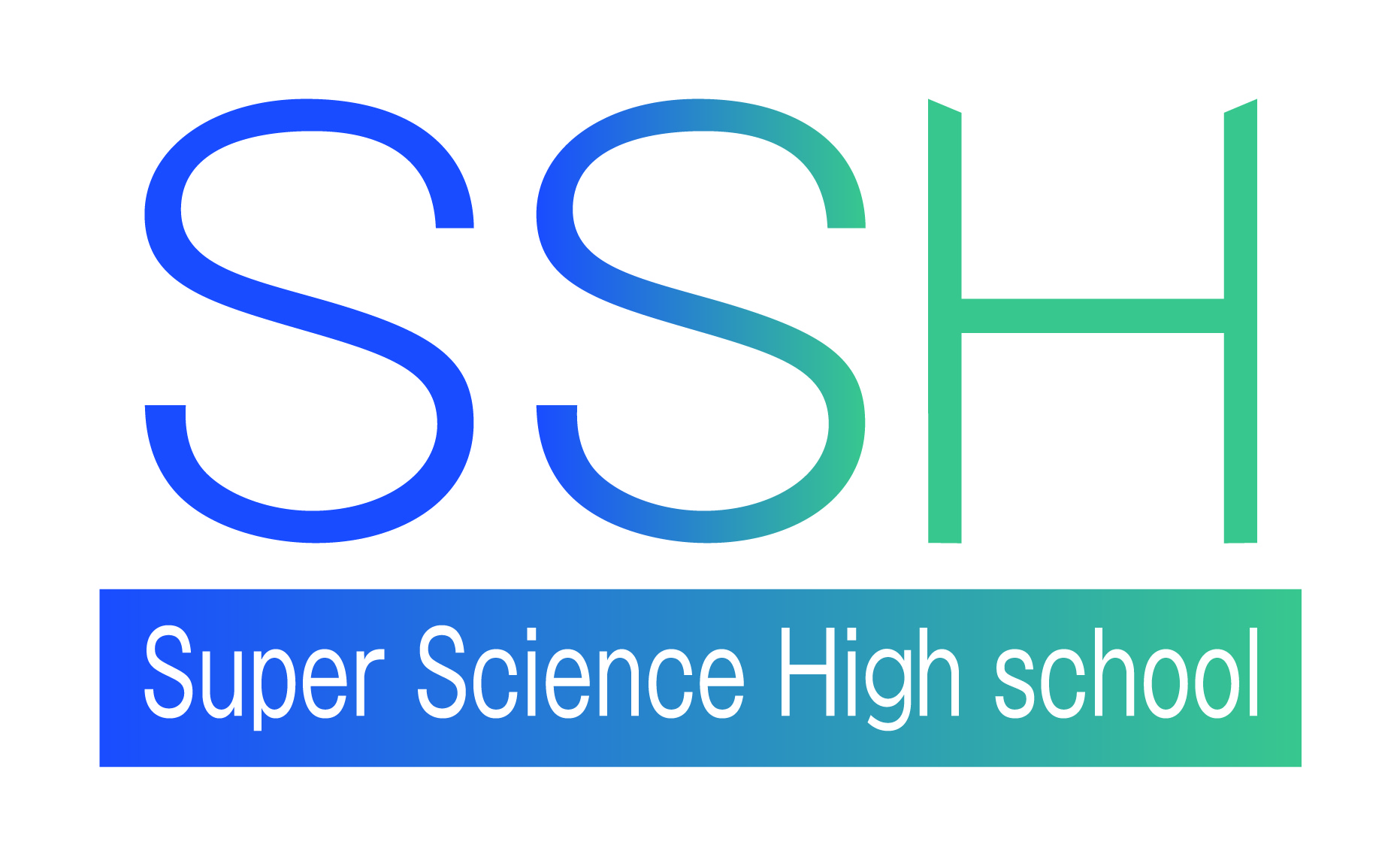(概要) ナラティブの力を英語教育に
日本の学校英語教育においては,「実践的な英語コミュニケーション能力の育成」という目標が強調されるにつれて,ナラティブは実用的価値が低いとみなされ,教材から駆逐されつつあり,特に検定教科書については,テクスト・タイプは説明文に過度に傾斜している現状である。しかしながら,そのような認識はナラティブについての浅薄な理解に基づくものである。言語コミュニケーションにおいてナラティブそのものが占める部分は大きく,また,事実的・論理的なコミュニケーションにおいても,ナラティブ性はコミュニケーションの成否を左右する。すなわち,ナラティブは「実践的な英語コミュニケーション能力の育成」にとって無視できない価値を持つ。本稿では,そのような認識から,中学校・高等学校における英語指導の中で,ナラティブの教育価値を活かそうとした実践について報告する。中学校では,物語の分析と創作を指導し,高校では,科学プレゼンテーションにナラティブ性を取り入れることを指導した。
(abstract) Harnessing the Power of Narratives in Teaching English
As one of the four major text types (narrative, descriptive, expository, argumentative) narrative has become less and less respected as Japan’s English language education policy has increased emphasis on skills that are more practical. The materials in authorized textbooks are mostly expository, with practically no room for the other three text types. Narrative texts are regarded as impractical in that they only serve as personal entertainment for the readers. However, this view of narrative texts comes from a superficial understanding of their functions in human communication. Narrative texts account for a major part of linguistic communication. Even factual and logical communication in academic and business settings depends on narratives. Thus, narrative texts must play an essential part in English teaching that targets practical communication skills. This paper reports the author’s attempts to use narrative texts to foster junior and senior high school students’ practical English skills. The major parts of such attempts involved the students in the ninth grade creating their own narrative texts based on an analytical framework and students incorporating narrativity into their scientific presentations.


 Home
Home
